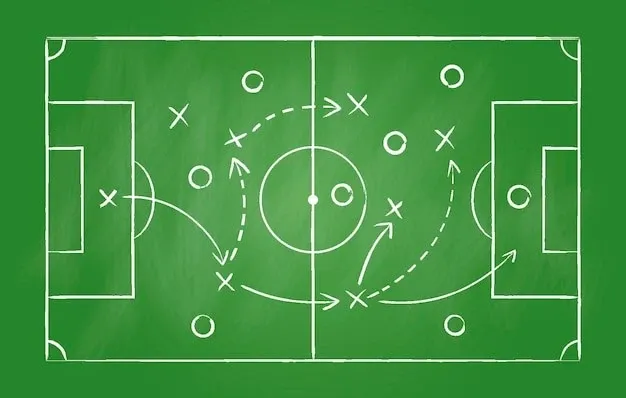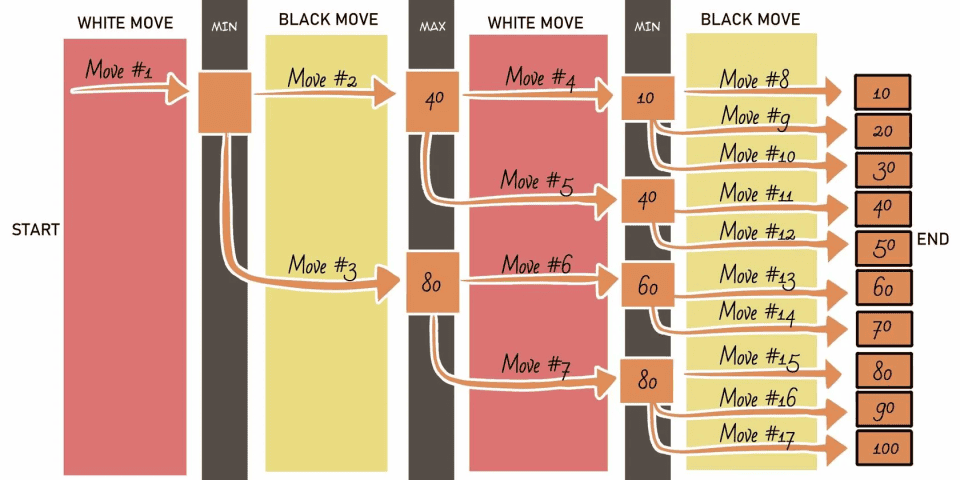Football has always been a game of passion, but now, it's also a game of data. As artificial intelligence revolutionizes industries, football clubs are turning to AI not just for analysis, but to influence real-time strategy, prevent injuries, and uncover hidden talent. This blog explores how AI is transforming the beautiful game.
Computer Vision Player Tracking
Modern tracking systems use AI to analyze video footage of all 22 players and the on-field referees from broadcast feeds. Using just the match feed, the AI can:
- ● Detect every player on the pitch
- ● Follow their movements throughout the game
- ● Convert their positions into precise coordinates
- ● Calculate speed, distance, and tactical metrics
Such tracking data is essential for calculating sophisticated metrics such as Expected Goals (xG). Two AI technologies work in tandem to achieve this:
1. Object detection: Uses deep learning models to draw invisible boxes around every player in every frame.
2. Object tracking: Once players are detected, tracking algorithms follow them across frames to create continuous movement patterns.
At the end of this process, video footage is transformed into data—positional, movement metrics, and more. With such technologies, data is now available in real time, enabling immediate analysis and tactical actions.
Companies such as SkillCorner have deployed single-camera tracking across 200+ football clubs worldwide, proving that even simpler setups can deliver professional-grade results.
Advanced Physical KPIs
To extract meaningful insights from tracking data, teams use Advanced Physical KPIs (Key Performance Indicators). These transform raw statistics into context-aware insights. AI algorithms evaluate positional intelligence, tactical context, and game flow to generate deeper interpretations.
For instance, instead of just saying “The player is having a good game - lots of running and passing,” AI enables statements like: “The player’s sprint efficiency during ball recoveries is 18% above average, with progressive actions under pressure ranking in the 92nd percentile. However, late-game intensity suggests he'll need substitution by minute 75 to maintain performance levels.”
These insights allow coaches and analysts to evaluate player and team performance with greater precision, leading to smarter tactical decisions, substitutions, and training regimens.
Union Berlin, for example, used metrics like acceleration load and individualized recovery indicators to minimize injuries - resulting in the fewest injury days in the Bundesliga for half a season.
AI-Powered Scouting Systems
AI-powered scouting platforms are revolutionizing talent discovery. Instead of relying on scouts to travel globally, AI processes match data, video footage, and player statistics to identify prospective signings.
These platforms integrate three AI technologies:
1. Multi-League Analysis Engines: Tools like Comparisonator analyze leagues worldwide with standardized metrics.
2. Natural Language Processing: Translates English-language queries into database searches.
3. Predictive Analytics: Machine learning models predict player growth, injury risk, and tactical fit.
Brighton & Hove Albion is a standout example, using data-driven scouting to identify Moisés Caicedo (bought for £4.5M, sold for £115M) and Kaoru Mitoma (acquired for £2.5M, now valued at £50–70M).
Injury Risk Forecasting

AI is also redefining injury prevention. Tools like Zone7 analyze training data to detect early warning signs of injury, signals that human eyes often miss.Traditional methods relied on visible signs or player-reported discomfort. Now, AI analyzes GPS tracking, heart rate variability, recovery indicators, sleep quality, and past injury records. Machine learning models process these inputs to assign a dynamic risk score for each player.
This results in actionable insights such as: “Reduce high-intensity running by 25% for the next 3 days.” Top teams like Liverpool use these systems to save millions on medical costs and avoid disrupting team dynamics due to avoidable injuries.
Final Whistle
The transformation from manual analysis to AI-powered intelligence has reimagined how football is understood. From computer vision tracking to predictive injury models, AI has turned football into a data-rich environment where every decision is optimized.
The future of football isn’t just on the pitch; it’s in the data. As more teams adopt AI-first strategies, those who combine instinct with intelligent analytics will redefine what it means to win.






